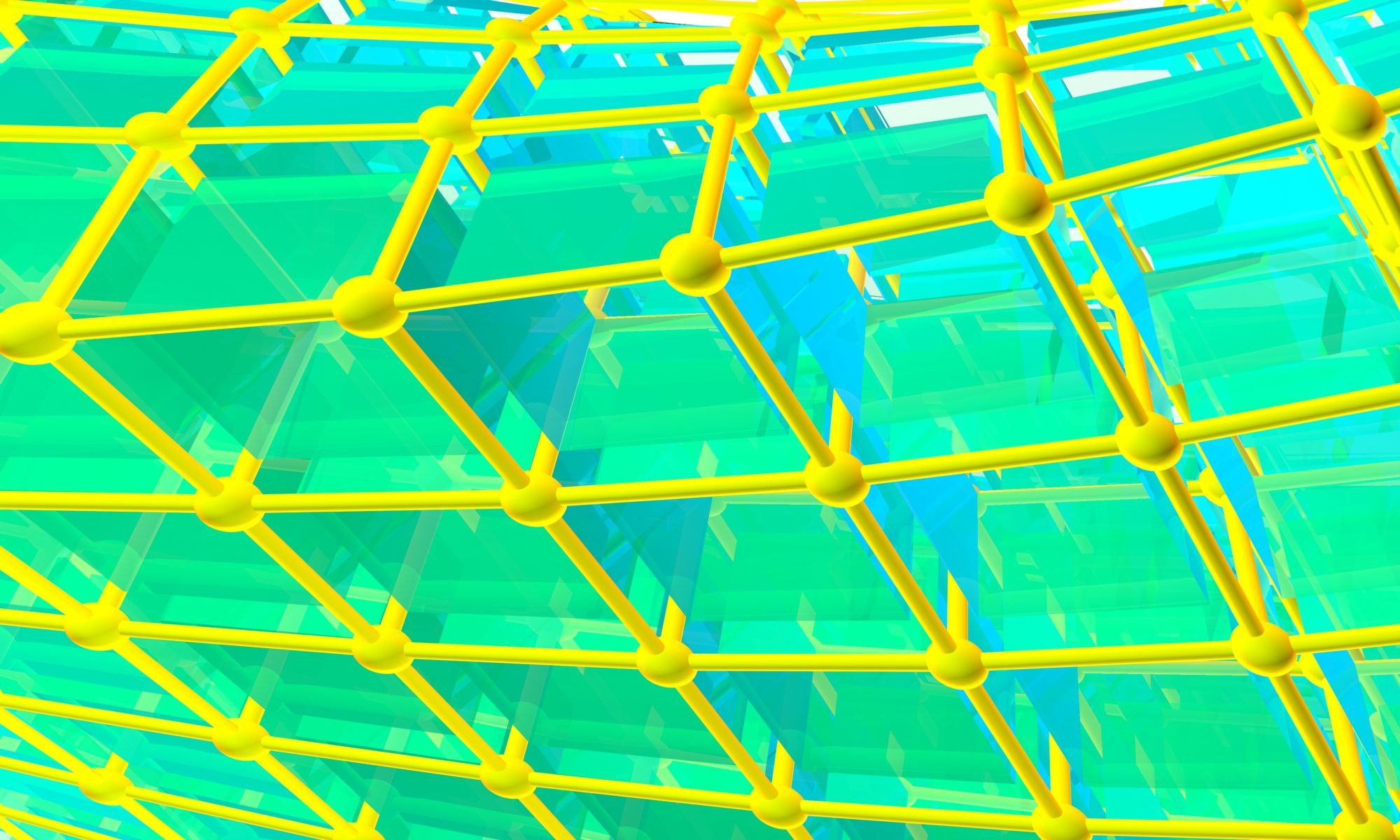“how do you make these?”
“what software do you use?”
i get asked this on a near-daily basis. usually, i ignore the question or, if feeling guilty, i may say “well, it would take a long time to explain it all, since it’s a really complicated process“. but that leaves people at best wondering and at worst aggressive. so, for the sake of giving people a link where they can get some answers, here it is.
tl; dr: you’re asking the wrong question.
when you ask “what software?” i imagine that you are looking for a magical package for matlab or python or mathematica that makes beautiful graphics. in this case, the short answer is “sorry, does not exist“. if you want to know how i make videos… well, it’s complicated.
- it took me years of hard word to learn how to make what i make. you can see my progress, from 2010-2012 using a tablet pc (i loved my fujitusu!) to make the FLCT, to the coursera days of 2012-2013 using nothing but powerpoint to create some really fun animations. i’ve been learning steadily since the Calculus BLUE Project started in may 2015. i’m still not professional-quality, but i’m much better than i used to be. it may take you time to learn also.
- i learned most of what i know through watching youtube videos, reading books, and following artists on social media. it only took a few months of input to get to the point where i can quickly tell the difference between the major graphics packages and rendering engines out there by glancing at the end product. if you want to make pro-quality graphics, you will need to use pro-quality software. that means spending money and time. if you don’t know what rendering engine was used, you don’t yet know enough to use it well.
- more important than the software packages are the techniques of which design, animation, and compositing are key. i will tell you that i use a blend of powerpoint and adobe tools (AE/PP) to composite my calculus videos. it’s really hard to get those two to play nice together.
- i will also tell you that i use a combination of coding (python/julia), game engines (for simulations) and 3-d modeling & rendering engines to build, animate, and simulate systems. that took several years to learn how to do this decently, and, i repeat, i am not at a professional level. i use a mix of different packages, none of which i will endorse (besides powerpoint, which holds a special place in my heart given the scorn it cheerfully endures from others).
so, what should you do if you want to make cool technical animations/videos?
- start learning the basics of graphics, starting with perception and color. don’t forget to fill in with good design principles, especially fonts. math/science is plagued with ugly fonts, courtesy of TeX & LaTeX, the tools that saved 20th c. math publishing and doomed 21st c. math publishing to an outdated ugly hell.
- pick some simple playground where you can practice doing graphics. my favorite in this category is the processing language, since it is free, fun, and expressive enough to keep you busy. adobe after effects is less programmable, but very powerful 2+1-dimensional software. for fully 3-d, check out the list of available options on wikipedia. pick something with a free version & start learning.
- the best way to get good is to produce on a schedule. for a few years. if you think that there’s some magic software that will easily give you good animations, you are misled.
if you’re satisfied, please stop here.
if you want to know more, i’m afraid i’m going to have to be more direct.
\begin{rant}
i teach mathematics and its applications. i do not teach graphics and i definitely don’t teach “how to use software X to make cool thing Y”. what i care about is the mathematics. you might think it’s flattering to ask me “hey, what software?” when i post a video about math. it is not, in a similar way that it is not flattering to ask a mathematician about where she gets her fine shoes or wonderful suits. that is entirely incidental to the professional task at hand, and to focus on the external show as opposed to the intellectual craft is an (unintentional but not unhurtful) insult.
on a related note, please also don’t demand source files, as they will do you no good without commitment to training.
\end{rant}

